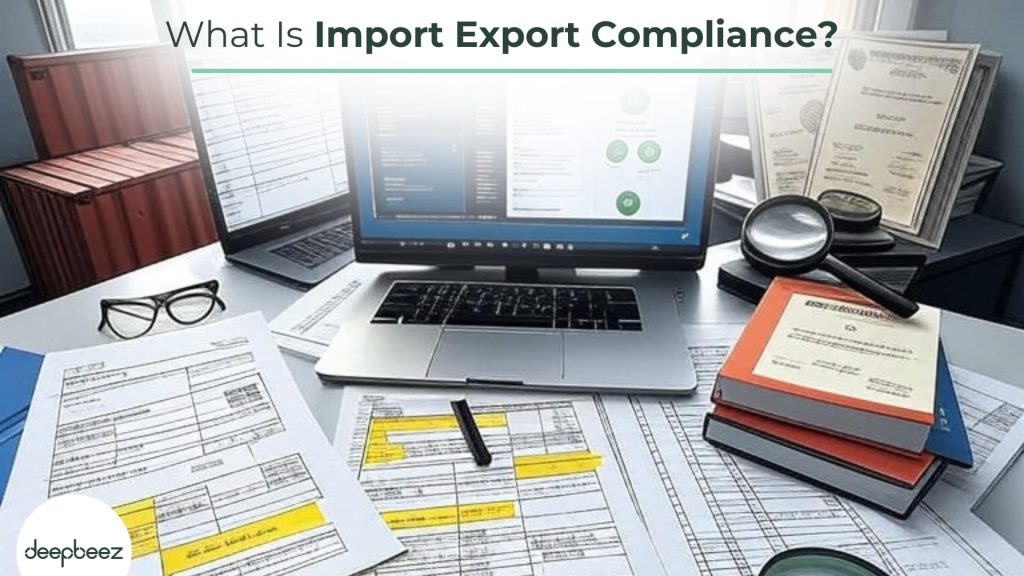Are you involved in international trade? The first challenge upon your way is “what is import export compliance?” This term signifies the need to abide by the business protocols and regulations of each country involved in a commercial activity of buying and selling goods and services between nations. For example, if a company in Japan imports materials from India, they must comply with both Japan’s import rules and India’s export rules to complete the transaction lawfully.
Do you wonder how to navigate the complex world of import and export regulations? You’re not alone! Every day, thousands of businesses face the challenge of staying compliant while moving goods across borders. Usually calculating tax and duties considered a big challenge for businesses. Deepbeez AI Customs Duties Calculator can easily solve this problem for you.
